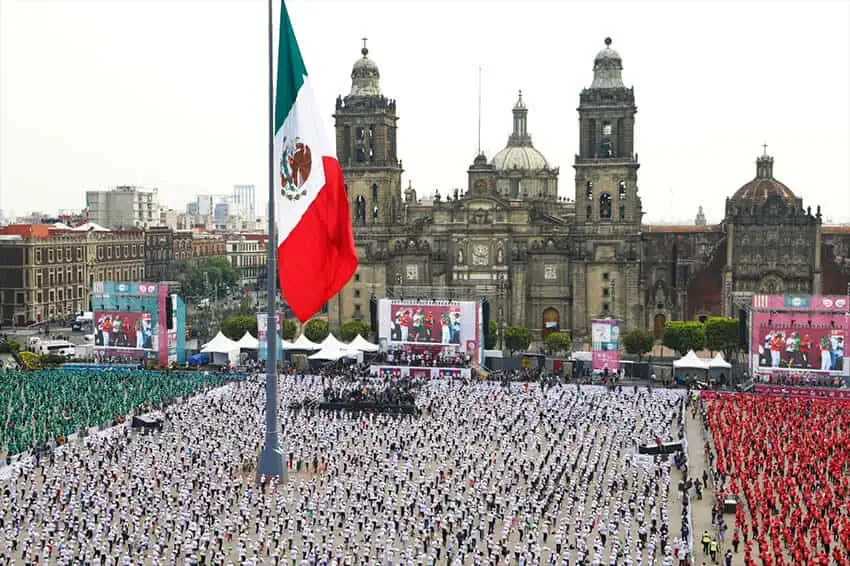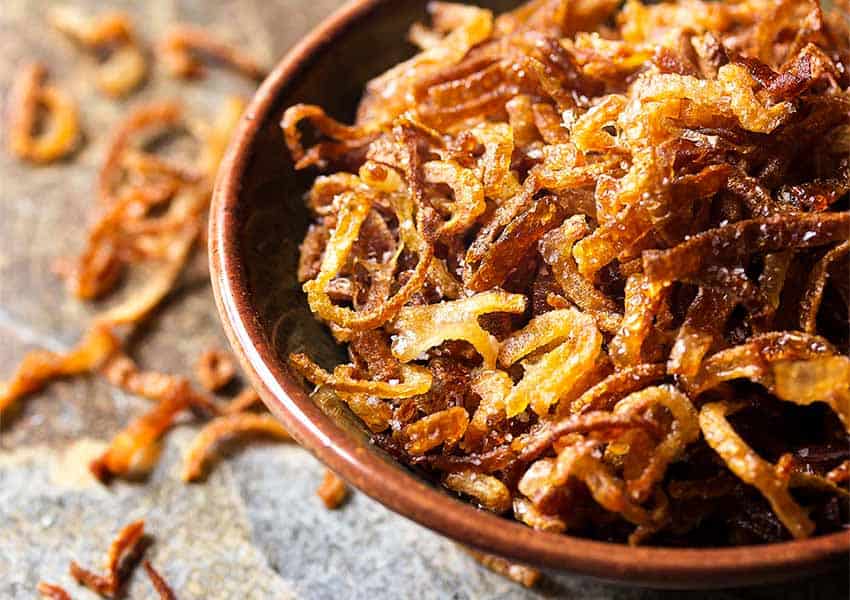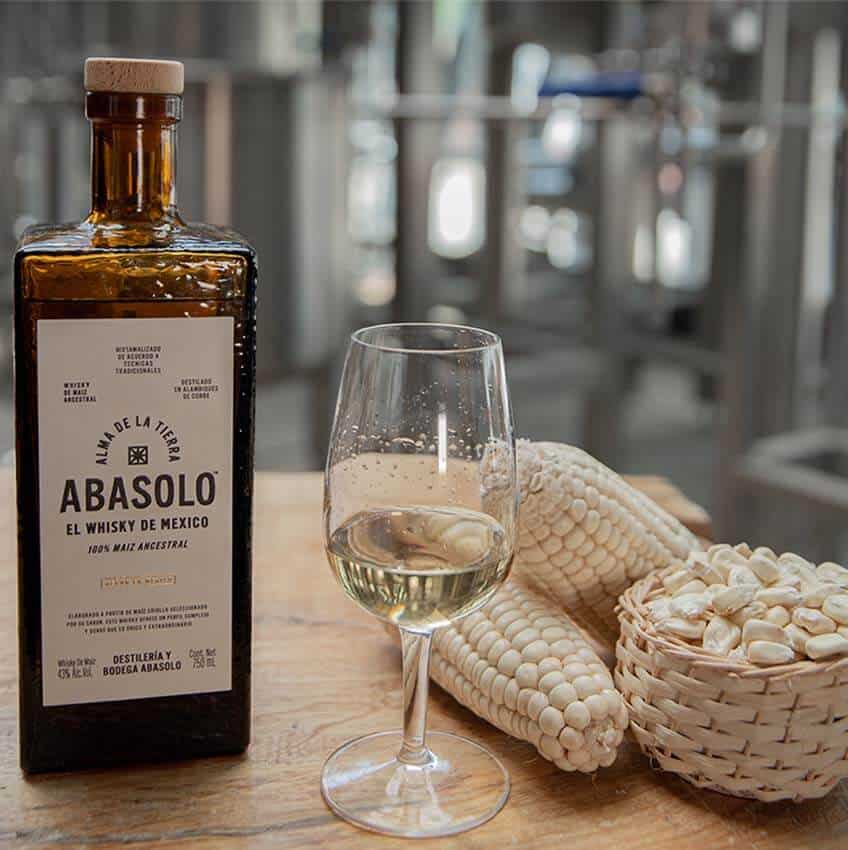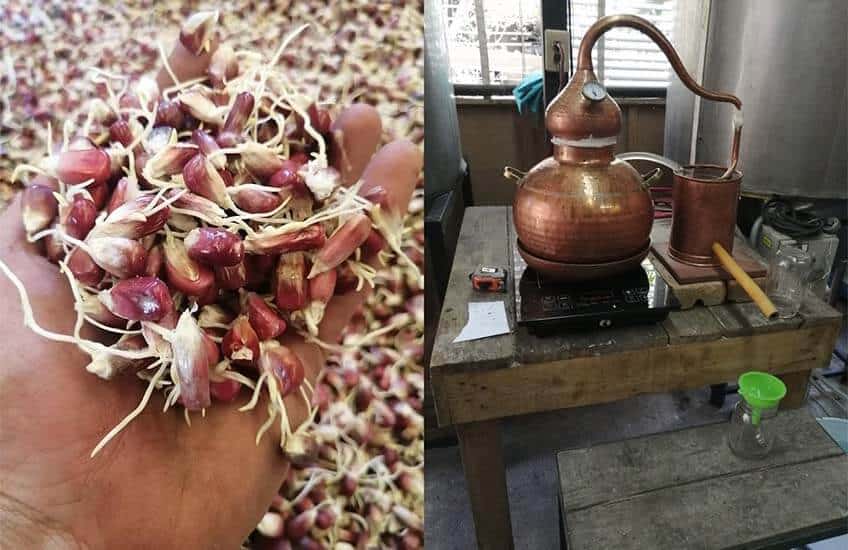Mexican jewelers have a great opportunity to capitalize on growing demand for gold jewelry in the United States, according to the head of one industry association.
Gold jewelry sales in the United States increased 26.1% last year to a record 149.1 tonnes, World Gold Council data shows. U.S. sales in the first quarter of this year totaled 26.4 tonnes, almost matching the record set in the same period of 2021.
The president of the Jalisco Jewelry Chamber told the newspaper Milenio that the increasing demand is good news for Mexican jewelers because the United States is their largest export market.
“Throughout history, the United States has always been our main client, especially for gold and silver jewelry and for the very specialized jewelry that is cowboy jewelry,” Álvaro Azpeitia Covarrubias said.
“This sells a lot, especially in the states near Texas. However, we’re aware that the … [demand for] jewelry, especially gold jewelry, is growing and that gives us the opportunity to attack,” he said.
Economy Ministry data shows that 15.3% of Mexico’s gold exports in 2021 went to the United States, but the figure will likely increase this year due to the high demand for jewelry north of the border. Jewelry sales generate tens of billions of dollars in revenue annually in the United States, but what share Mexico has of that market is unclear.
Azpeitia said that Mexican jewelers’ production and sales are expected to increase 4% in 2022 compared to 2019 due to greater demand abroad.
One way in which Mexican jewelers have sought to increase their sales in the U.S. is by attending the JCK Show – North America’s largest jewelry trade event – which took place in Las Vegas earlier this month. Another way is through use of the Jalisco Jewelry Chamber’s Capital Joya platform, described as a “business to business technological tool that connects potential specialized buyers with the most representative jewelry companies in the jewelry sector in Mexico.”
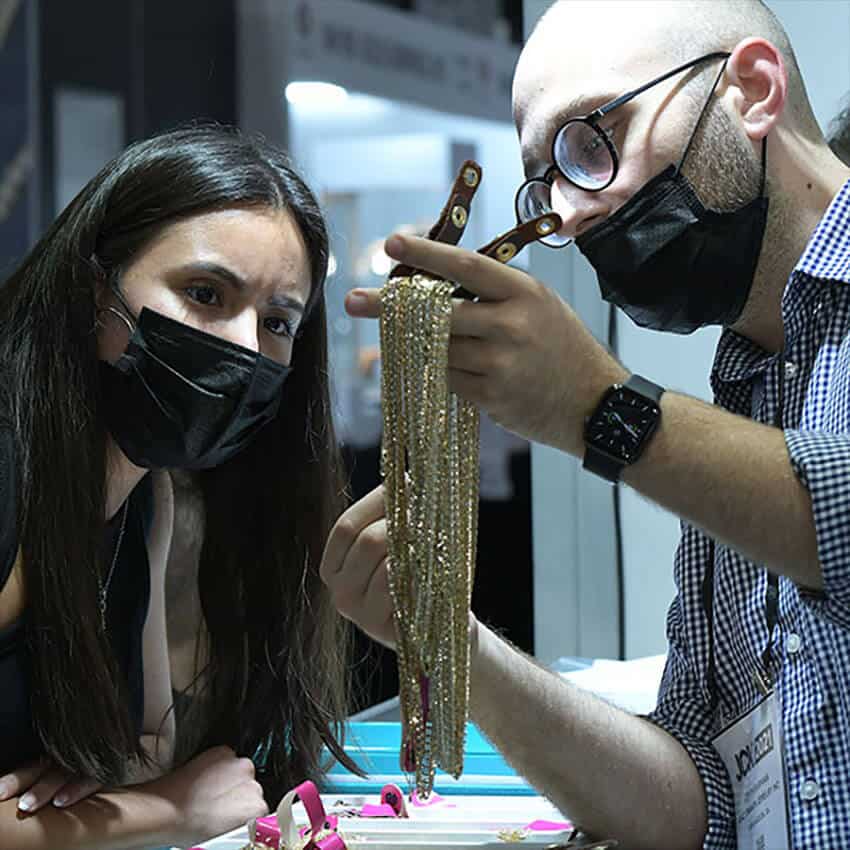
Azpeitia said that most of the 25 jewelry companies with a presence on the site – which was launched last year – are very small or small businesses. Fifteen thousand buyers have used the platform, of which 10% were foreign, he said. The Mexican jewelry sector’s use of technology allows it to be more competitive with gold exporters from other countries, Azpeitia said.
Tapping into the U.S. market for gold jewelry is appealing to Mexican jewelers given that it is much larger than that at home. Mexico’s market was less than one tenth the size of that in the U.S. last year with demand for gold jewelry totaling 12.8 tonnes. Sales increased compared to 2020, but remained 23% below 2019 levels.
Azpeitia said that the loosening of coronavirus restrictions aided the partial recovery because the industry depends on weddings, 15th birthday parties, christenings and other celebrations for part of its revenue. In an August 2021 interview with Mexico Business News, the Jewelry Chamber chief said that jewelry trade shows are also an important driver of sales.
“At the Chamber of Jewelry, we are resuming the exhibitions that were put on hold for more than a year because of the pandemic. These events are very important for us because they generate up to 70% of our members’ annual sales,” Azpeitia said.
He noted that 70% of Mexican jewelry is made in Jalisco and described the state as “a national leader in the production and marketing of jewelry, accounting for up to 70,000 jobs in the sector.”
“…We believe that Jalisco is the national benchmark in this sector,” Azpeitia added. “In Guadalajara alone, we have 15 jewelry centers with 1,500 points of sale.”
With reports from Milenio










